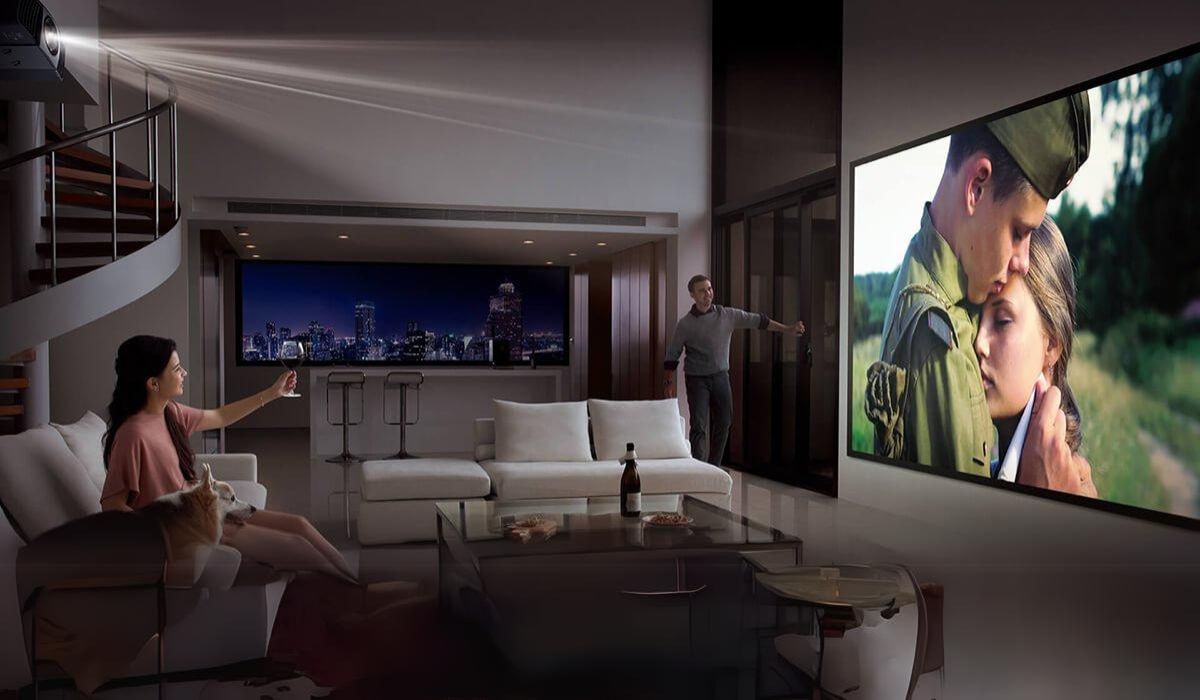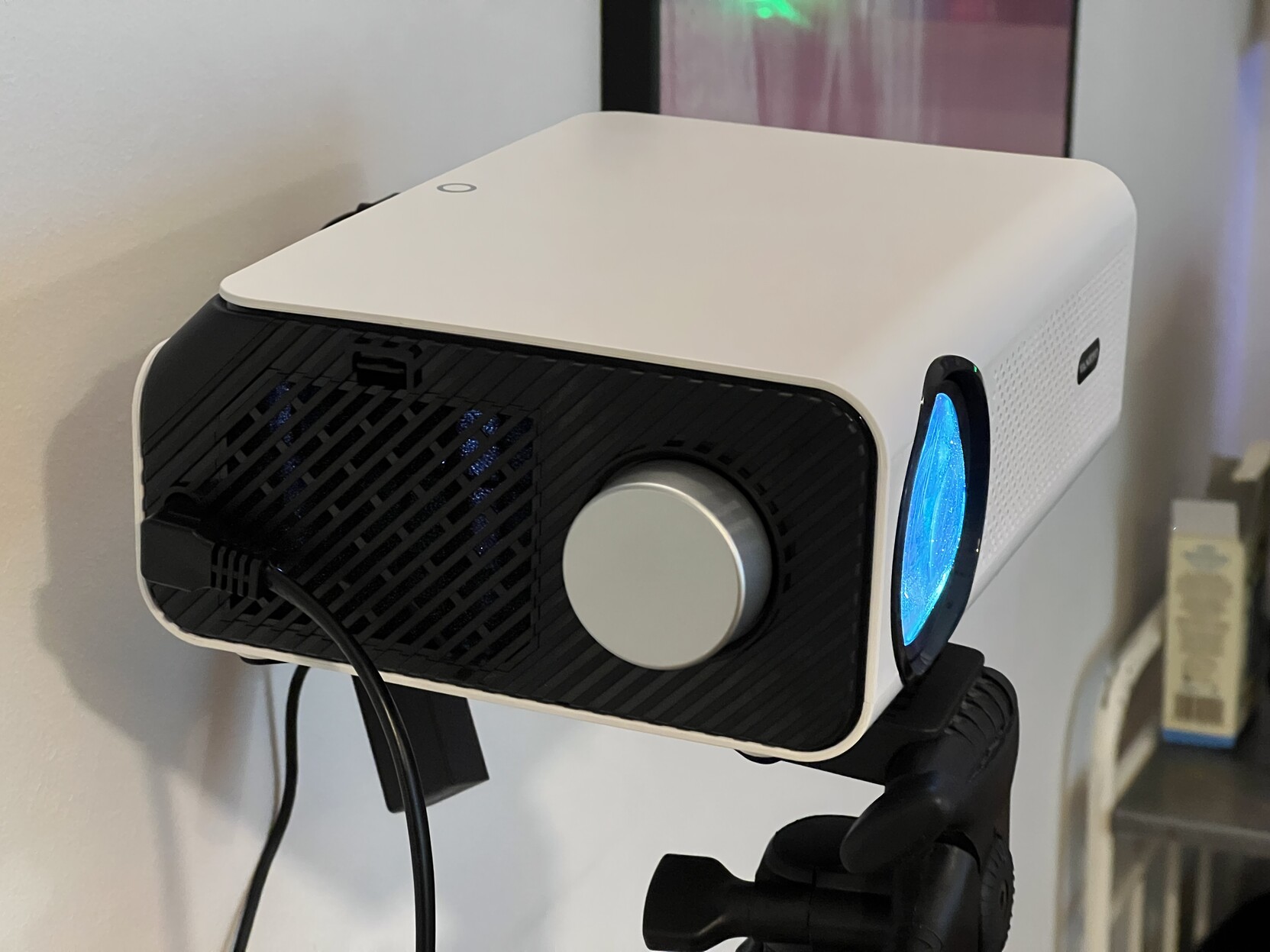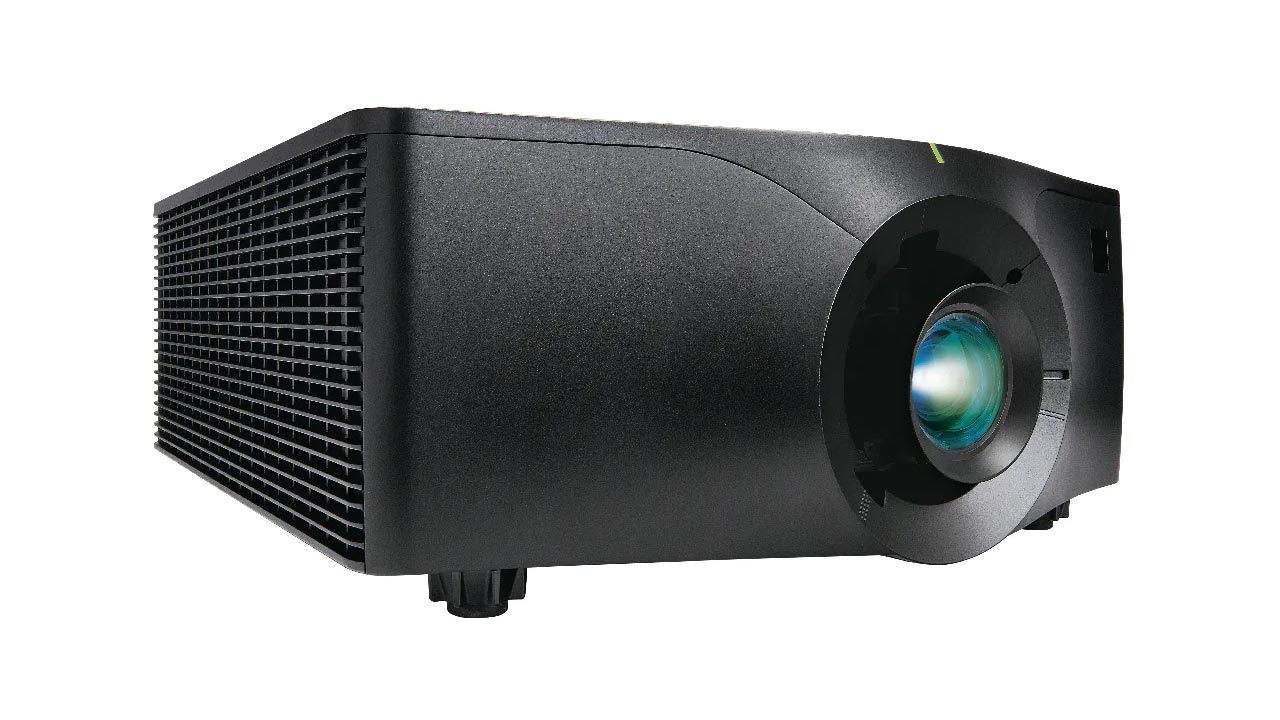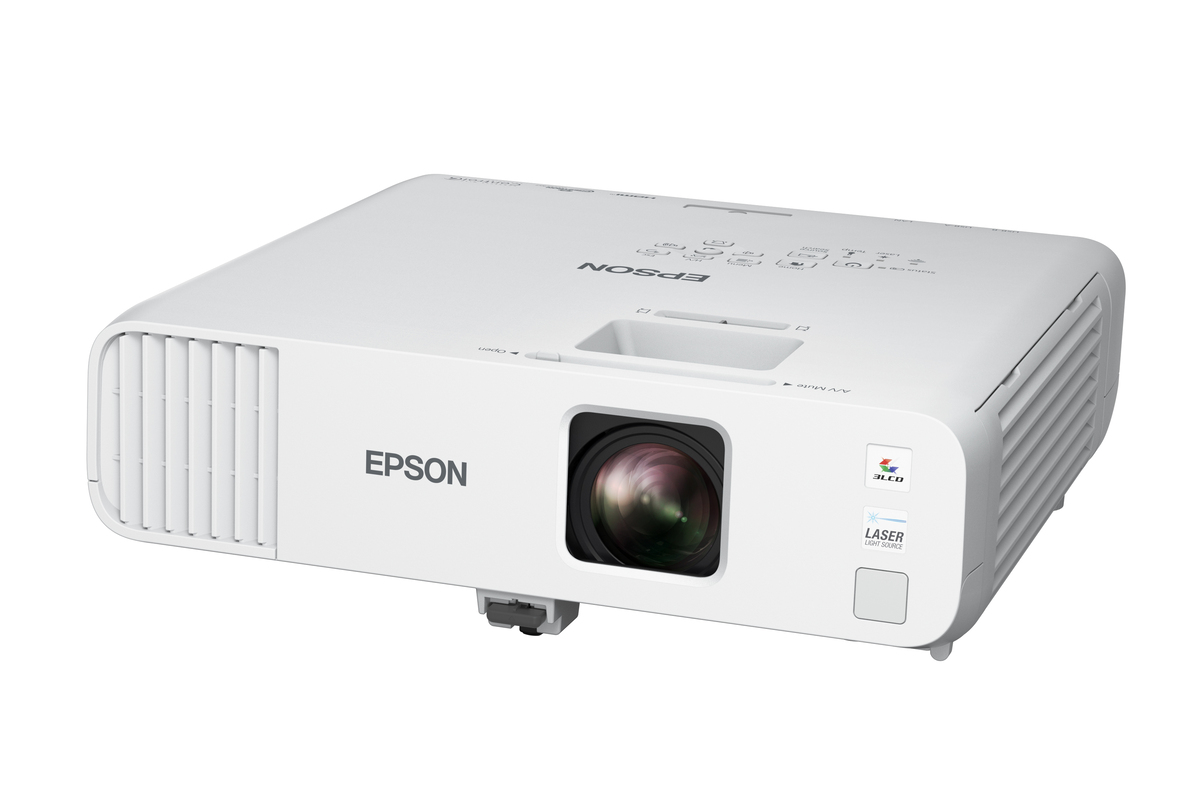Introduction
Shedding Light on Lumens: A Guide to Portable Projector Brightness
Welcome to the world of portable projectors, where the quality of your visual experience hinges on a crucial factor: lumens. Whether you're setting up a backyard movie night, delivering a presentation in a dimly lit conference room, or enjoying a cinematic adventure in your living room, understanding lumens is essential for achieving the optimal viewing experience.
In this comprehensive guide, we'll delve into the realm of lumens and explore their significance in the context of portable projectors. By the end of this journey, you'll be equipped with the knowledge to make informed decisions when selecting a portable projector that suits your specific needs. So, let's embark on this illuminating exploration together.
Are you ready to dive into the fascinating world of lumens and portable projectors? Let's unravel the mysteries of lumens and their impact on your viewing experience. Whether you're a movie enthusiast, a professional presenter, or a casual user seeking entertainment on the go, understanding the role of lumens in portable projectors is crucial. Join us as we shed light on this essential aspect of projector technology.
Understanding Lumens
Before delving into the ideal lumen count for your portable projector, it’s essential to grasp the concept of lumens and their significance in the realm of visual projection. In simple terms, lumens measure the brightness of a light source, and in the context of projectors, they quantify the amount of light emitted to produce a visible image.
When it comes to portable projectors, lumens play a pivotal role in determining the clarity and visibility of the projected content. A higher lumen count generally results in a brighter image, which is particularly advantageous in environments with ambient light or when projecting onto larger screens. Conversely, a lower lumen count may suffice in dimly lit settings with minimal ambient light.
Understanding lumens involves considering the viewing environment and the intended use of the projector. Factors such as ambient light, screen size, and the desired image clarity all influence the optimal lumen count for a portable projector. By comprehending the role of lumens, users can make informed decisions when selecting a projector that aligns with their specific requirements.
Grasping the concept of lumens is pivotal to understanding the performance of portable projectors. Lumens quantify the brightness of a projector’s light source, directly impacting the clarity and visibility of the projected content. By familiarizing yourself with the role of lumens in projector technology, you can make informed decisions when selecting a portable projector that meets your specific needs. Let’s unravel the significance of lumens in the realm of visual projection.
Factors to Consider
When determining the ideal lumen count for a portable projector, several crucial factors come into play, each influencing the overall viewing experience. Understanding and evaluating these factors is essential for selecting a projector that meets your specific requirements.
- Ambient Light: The level of ambient light in the projection environment significantly impacts the required lumen count. Brighter surroundings necessitate higher lumen outputs to maintain image clarity and visibility.
- Screen Size: The size of the projected screen directly influences the lumen requirements. Larger screens necessitate higher lumen counts to ensure a bright and clear image across the entire display area.
- Image Clarity: The desired level of image sharpness and clarity also plays a role in determining the appropriate lumen count. For detailed and crisp visuals, a higher lumen output may be necessary.
- Projection Distance: The distance between the projector and the screen affects the spread and intensity of the projected light. Longer throw distances may require higher lumen outputs for optimal image brightness.
- Use Case: The intended use of the projector, whether for professional presentations, home entertainment, or outdoor events, influences the lumen requirements. Different scenarios may demand varying lumen outputs to deliver an optimal viewing experience.
Considering these factors empowers users to make well-informed decisions when selecting a portable projector, ensuring that the chosen device aligns with the specific conditions and requirements of the projection environment. By carefully evaluating these considerations, individuals can optimize their visual experiences and make the most of their portable projector investments.
Several critical factors must be taken into account when determining the ideal lumen count for a portable projector. These factors, including ambient light, screen size, image clarity, projection distance, and the intended use case, collectively influence the overall viewing experience. By carefully considering these elements, users can select a projector that meets the specific requirements of their projection environment, ensuring optimal image quality and visibility.
Recommended Lumens for Different Settings
Understanding the recommended lumen ranges for various settings is instrumental in choosing the right portable projector for specific use cases. Different environments and applications call for varying lumen outputs to ensure an optimal viewing experience.
Home Entertainment
For home entertainment setups where ambient light can be controlled, a lumen range of 1000 to 1500 is generally sufficient for projecting vibrant and clear images. This range accommodates smaller screen sizes commonly used in home theaters and living room setups, providing an immersive viewing experience without overwhelming the space with excessive brightness.
Business Presentations
Professional settings such as conference rooms and meeting spaces often benefit from projectors with lumen outputs ranging from 2000 to 3000. These higher lumen counts ensure that presentations remain visible and impactful, even in well-lit environments where controlling ambient light may be challenging.
Outdoor Events
Outdoor settings, including backyard movie nights and open-air gatherings, require projectors with lumen outputs of 2500 and above. The higher lumen count compensates for ambient light and enables the projected content to remain vivid and engaging, even after sunset.
Classroom and Training Environments
Classrooms and training spaces benefit from portable projectors with lumen outputs ranging from 2500 to 3500, ensuring that educational content and presentations are clearly visible to all attendees, regardless of the ambient lighting conditions.
By aligning the lumen output of a portable projector with the specific requirements of the intended setting, users can optimize the visual experience and ensure that the projected content remains vivid and impactful across a diverse range of environments and applications.
Choosing the right portable projector for different settings involves considering the recommended lumen ranges tailored to specific use cases. Whether it’s for home entertainment, business presentations, outdoor events, or educational environments, selecting a projector with an appropriate lumen output ensures a vibrant and impactful visual experience. By understanding the recommended lumen ranges for different settings, users can make informed decisions when investing in a portable projector that meets their specific needs.
Conclusion
As we conclude our exploration of lumens and their role in the realm of portable projectors, it becomes evident that understanding the significance of lumen output is crucial for optimizing the visual experience across diverse settings and applications. By grasping the concept of lumens and considering the various factors that influence the ideal lumen count, users can make informed decisions when selecting a portable projector that aligns with their specific requirements.
From home entertainment setups to professional presentations and outdoor events, the recommended lumen ranges tailored to different settings serve as valuable guidelines for choosing the right projector to deliver vibrant and impactful visuals. By carefully evaluating the ambient light, screen size, image clarity, projection distance, and intended use case, individuals can ensure that their portable projector meets the specific demands of the projection environment, resulting in an immersive and engaging viewing experience.
Ultimately, the world of portable projectors is illuminated by the crucial role of lumens, guiding users towards selecting devices that bring their projected content to life with clarity and brilliance. Armed with the knowledge gained from this guide, individuals can embark on their portable projection endeavors with confidence, knowing that they have the insights to make informed decisions and optimize their visual experiences across a myriad of settings and scenarios.
As we wrap up our journey through the realm of lumens and portable projectors, it’s clear that understanding the significance of lumen output is pivotal in optimizing the visual experience across diverse settings and applications. By considering the recommended lumen ranges for different scenarios and evaluating the influencing factors, users can confidently select a portable projector that meets their specific requirements, ensuring vibrant and impactful visuals. Armed with this knowledge, individuals can embark on their portable projection endeavors with confidence, knowing they have the insights to make informed decisions and elevate their visual experiences.

























